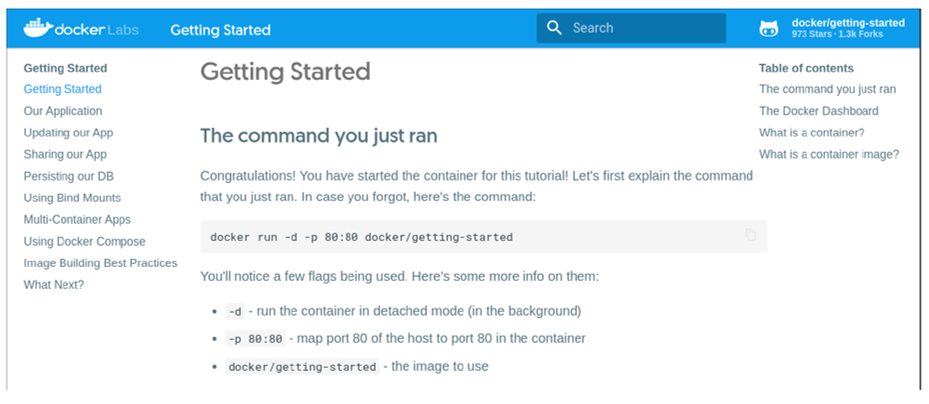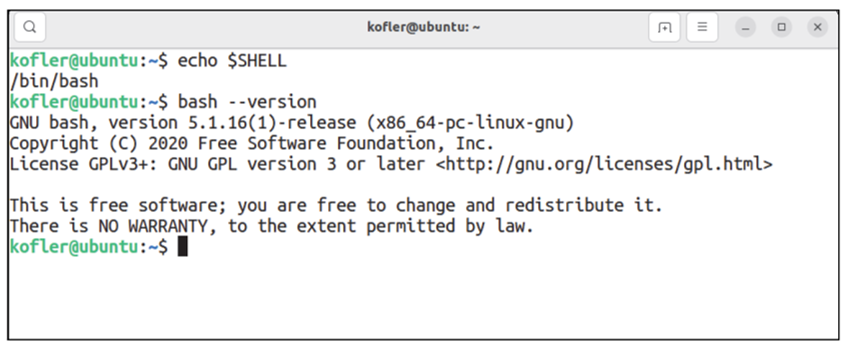

DevOps (a portmanteau of Development and Operation) unites development and operations teams to accelerate software delivery, improve collaboration, and enhance reliability. By combining cultural practices, automation, and CI/CD pipelines, organizations can build, test, and release software faster and more securely.
DevOps is a collaborative approach that unifies software development (Dev) and IT operations (Ops), aiming to automate and improve the continuous delivery of high-quality software. It works towards its goal through two key concepts: continuous integration (CI) and continuous delivery (CD).
CI is a development practice where code changes are regularly merged and tested in a shared repository, ensuring early detection of integration issues. CD extends CI by automating the deployment process, enabling the delivery of tested code to production or staging environments consistently.
DevOps grew out of the Agile software development movement in the late 2000s, as teams sought closer collaboration between developers and IT operations. The first DevOpsDays conference, held in Belgium in 2009, marked the beginning of DevOps as a recognized discipline.
Since then, DevOps has expanded beyond its roots in continuous integration and delivery to become a mainstream IT practice. Today, DevOps principles are applied across cloud platforms, automation pipelines, microservices, and increasingly artificial intelligence (AI), reflecting its evolution into a cornerstone of modern software delivery.
There are a number of key components involved in DevOps.
Kubernetes is an open-source container orchestration platform that automates the deployment, scaling, and management of containerized applications. Kubernetes uses a deployable unit called a pod, which contains one or more containers. Special services are then used as a networking abstraction to enable communication between different pods.
Ansible is an open-source automation tool that simplifies configuration management, application deployment, and task automation. The tool uses playbooks, which are files written in YAML that define a set of tasks to be executed on remote machines. Playbooks are then organized into roles, promoting modular and reusable automation.
Scripting
Scripting involves writing code in scripting languages to automate tasks, configure systems, and perform various operations. Common scripting languages include Python (used for automation and scripting tasks), Ruby (used for concise syntax and readability), and Bash (used for automating tasks in Unix-like environments).
Docker
Docker is a containerization platform that allows developers to package applications and their dependencies into isolated containers. These containers run Docker images, which are lightweight, standalone, and executable packages that include everything needed to run an application.

Git
Git is a distributed version control system used for tracking changes in source code during software development. These changes are stored in a repository that includes everything related to the project. Multiple users can work on the program at one time when utilizing Git; this is accomplished through branches, or isolated environments used for developing new features or bug fixes.
Terraform
Terraform is an open-source infrastructure as code (IaC) tool that allows the provision and management of infrastructure resources. This is accomplished through providers (plugins that interface with APIs of various infrastructure platforms) and modules (reusable units of Terraform configuration).
PowerShell
PowerShell is a task automation framework from Microsoft, consisting of both a command-line shell and a scripting language. This framework runs off of lightweight commands called cmdlets, and can be used to create scripts for automating tasks and workflows.
Bash
Bash (short for “Bourne Again SHell”) is a widely used Unix shell and scripting language.

Jenkins
Jenkins is an open-source automation server written in Java, used for continuous integration, continuous delivery, and automation of software development processes.
Other popular CI/CD tools include CircleCI, GitLab CI/CD, and Azure DevOps, which provide integrated platforms for managing builds, tests, and deployments.
There are a few DevOps methodologies that programmers use. These include the following.
Agile Development
Agile is an iterative and flexible software development methodology, emphasizing collaboration and customer feedback.
Infrastructure as Code (IaC)
IaC involves managing and provisioning infrastructure through machine-readable script files, enabling version control and automation.
Microservices Architecture
Microservices is an architectural style where a software application is composed of small, independent services that communicate over well-defined APIs.
DevOps encourages a culture of collaboration, transparency, and shared responsibility between development, operations, and other stakeholders. It promotes the formation of cross-functional teams that include members with diverse skills, fostering a holistic approach to software delivery.
In the dynamic realm of DevOps, there are numerous advanced concepts to consider.
Monitoring and Observability
Monitoring involves the systematic observation of a system's behavior, while observability is the ability to understand the internal state of a system based on its external outputs. These can be accomplished with tools like Prometheus, an open-source monitoring and alerting toolkit; and Grafana, a visualization and monitoring platform.
Another widely used option is the Elastic Stack (ELK: Elasticsearch, Logstash, Kibana), which provides powerful log analysis and visualization capabilities.
Configuration Management
Configuration management involves the automation of configuration-related tasks, ensuring consistency across various environments. Tools like Chef (an infrastructure automation platform) and Puppet (a configuration management tool for deployment and task automation) are used for this purpose.
Security in DevOps
DevSecOps integrates security practices into the DevOps pipeline, ensuring that security is a shared responsibility throughout the development lifecycle. This includes the following practices:
Secrets management tools such as HashiCorp Vault or AWS Key Management Service (KMS) help protect credentials, API keys, and other sensitive information. Static analysis tools like SonarQube are also often used to catch vulnerabilities early in the development cycle.
Collaboration and Communication Tools
Tools like Slack and Jira allow members of cross-functional teams to discuss and collaborate over the internet, as well as keep track of all of the tasks that need to be completed as part of the project plan.
Advanced Container Orchestration
Developers can use the tool Helm to define and manage Kubernetes packages. Another tool called Istio is a service mesh used for connecting, securing, and managing microservices.
Chaos Engineering
Chaos engineering involves intentionally introducing failures into a system to proactively identify weaknesses and improve resilience. Tools include the following options:
DevOps in cloud environments delves into the seamless integration of development and operations within cloud-based ecosystems, harnessing the power of scalability and automation for accelerated software delivery.
Cloud-Native Technologies
Cloud-native technologies are designed to run and scale in cloud environments, utilizing services like serverless computing (executing code without the need to manage server infrastructure) and container orchestration. Serverless computing platforms include AWS Lambda, Azure Functions, and Google Cloud Functions.
Infrastructure as Code (IaC) with Cloud Providers
Providers that provide infrastructure as code include AWS CloudFormation, Azure Resource Manager (ARM), and Google Cloud Deployment Manager.
Serverless Orchestration
There are numerous tools for orchestrating and coordinating serverless workflows. These include AWS Step Functions, Azure Logic Apps, and Google Cloud Composer.
Emerging trends in DevOps illuminate the evolving landscape, spotlighting cutting-edge technologies and methodologies that are shaping the future of collaborative and agile software development.
GitOps
GitOps is a set of practices that use Git as a single source of truth for infrastructure and application deployments. Tools like Flux and ArgoCD are used for automating application deployment through Git.
AIOps (Artificial Intelligence for IT Operations)
AIOps involves the application of artificial intelligence and machine learning to IT operations tasks to enhance automation and insights. Use cases where AIOps might be helpful include anomaly detection (identifying unusual patterns or behaviors in system metrics) and automated remediation (automatically resolving common issues without human intervention).
DevOps for Machine Learning (MLOps)
MLOps extends DevOps principles to machine learning workflows, focusing on collaboration, automation, and continuous delivery for ML models. Tools like MLflow and Kubeflow allow developers to manage the end-to-end machine learning lifecycle.
Platform Engineering
Platform engineering is an emerging practice in which organizations build internal developer platforms (IDPs) to provide self-service tools, templates, and guardrails. These platforms streamline DevOps adoption, reduce cognitive load for developers, and standardize infrastructure practices across teams.
Site Reliability Engineering
Site Reliability Engineering (SRE) is a discipline pioneered by Google that shares significant overlap with DevOps. While DevOps emphasizes collaboration and automation, SRE focuses on reliability through practices like service-level objectives (SLOs), error budgets, and proactive monitoring. Together, DevOps and SRE strengthen modern IT operations.
Here are answers to some of the most common things programmers want to know about DevOps.
Q: What is the difference between DevOps and Agile?
A: Agile is a methodology for software development, while DevOps extends Agile principles across the full software lifecycle, bridging development and operations.
Q: What is the main goal of DevOps?
A: To enable faster, more reliable software delivery by fostering collaboration, automation, and continuous feedback.
Q: Is DevOps only about tools?
A: No. While tools like Docker and Kubernetes are central, DevOps is also about culture and shared responsibility.
Q: What skills are needed for DevOps engineers?
A: Knowledge of CI/CD pipelines, scripting, cloud platforms, containers, monitoring, and security practices.
Q: What is the difference between CI and CD?
A: Continuous integration merges and tests code frequently. Continuous delivery/deployment automates releasing tested code into staging or production.
Q: How does DevOps improve security?
A: By embedding security into pipelines (DevSecOps), introducing automated testing, vulnerability scanning, and secrets management.
In addition to the information laid out above, there are a handful of important terms you should also know:
Want to learn more about DevOps? Additional information can be found in the blog posts and books listed below.
Learn more computing from our official Learning Center.
And to continue learning even more about DevOps, sign up for our weekly blog recap here: